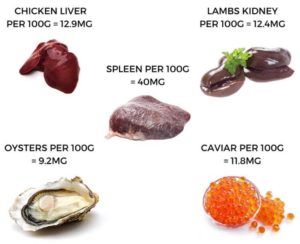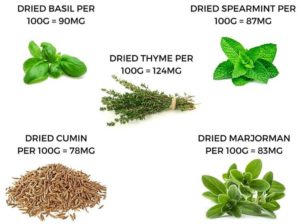What sources of iron do you consume?
Heme iron is a highly bioavailable (15%-35%) form of iron found in muscle tissue and blood, with dietary factors having little effect on its absorption (1).

Iron: Heme
Non-heme iron is iron from plant sources, not bound to heme proteins. This leads to a lower absorption rate (2%-20%) and is strongly influenced by the presence of other food components – this poses less risk of toxicity such as oxidative stress (1).

Non-Heme Iron
On the contrary, the quantity of non-heme iron in the diet is manyfold greater than that of heme-iron in most meals. Thus despite its lower bioavailability, non-heme iron generally contributes more to iron nutrition than heme-iron (2).
Vegan eaters often consume more iron than omnivores however this is also accompanied with more anti-nutrients which reduces absorption.
Major inhibitors of iron absorption are phytic acid, polyphenols, and calcium (1).
Consuming 5-10 mg of phytic acid can reduce iron absorption by 50%. Extrapolating this concept, vegans should aim to consume 33mg of iron per day with omnivores aiming for 18mg.
We can boost the absorption of iron by inhibiting phytic acid activity. This can be done by:
- Heating
- Soaking
- Fermenting
- Sprouting
- Vinegar
Vitamin C can also boost iron absorption (3,4).

Iron: Herbs and Spice
References
- Hurrell R, Egli I. Iron bioavailability and dietary reference values. Am J Clin Nutr. 2010
- Monsen ER, Hallberg L, Layrisse M, Hegsted DM, Cook JD, Mertz W, et al. Estimation of available dietary iron. Am J Clin Nutr. 1978
- Hallberg L, Brune M, Rossander L. Iron absorption in man: Ascorbic acid and dose-dependent inhibition by phytate. Am J Clin Nutr. 1989
- Siegenberg D, Baynes RD, Bothwell TH, Macfarlane BJ, Lamparelli RD, Car NG, et al. Ascorbic acid prevents the dose-dependent inhibitory effects of polyphenols and phytates on nonheme-iron absorption. Am J Clin Nutr. 1991
